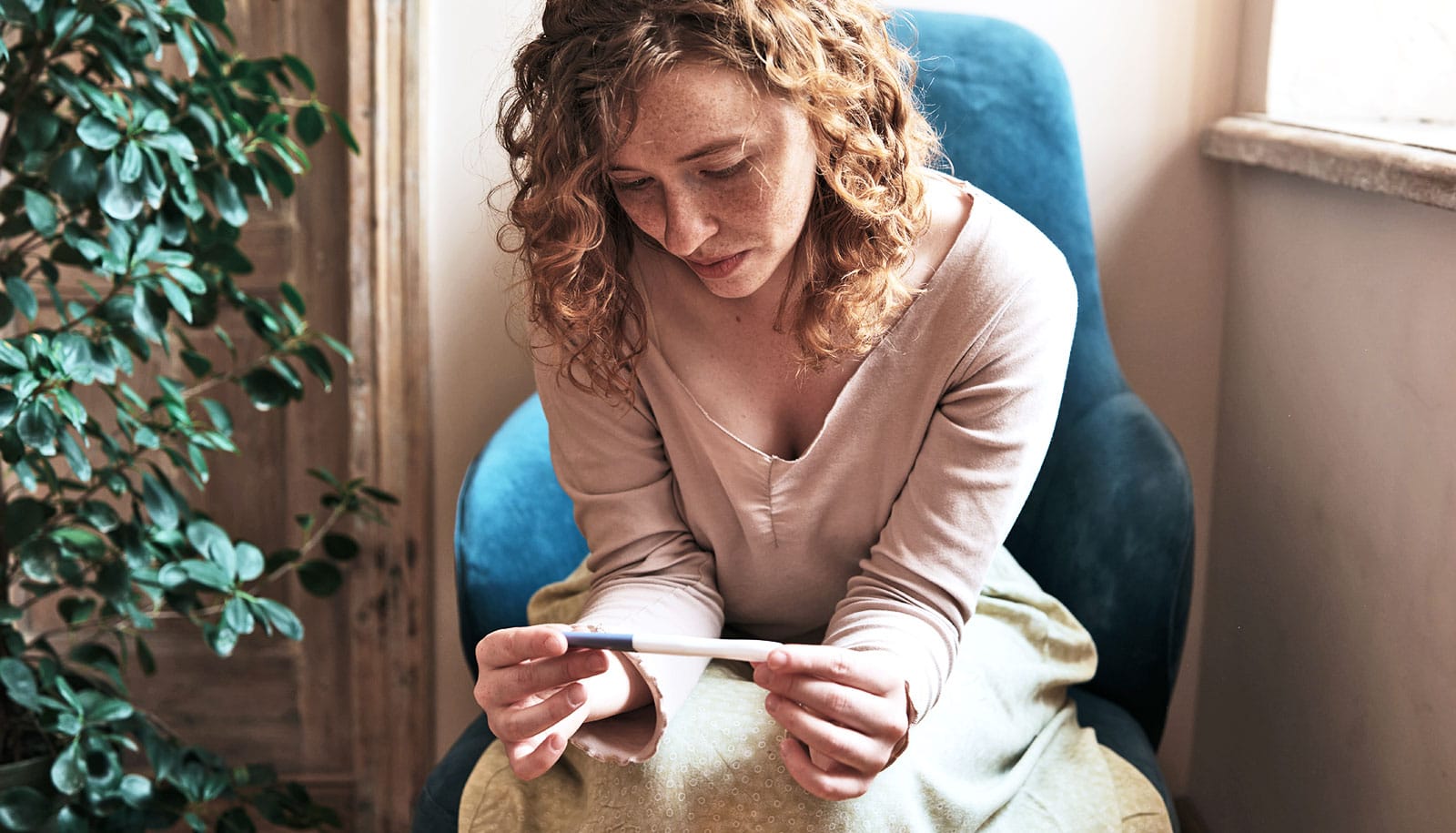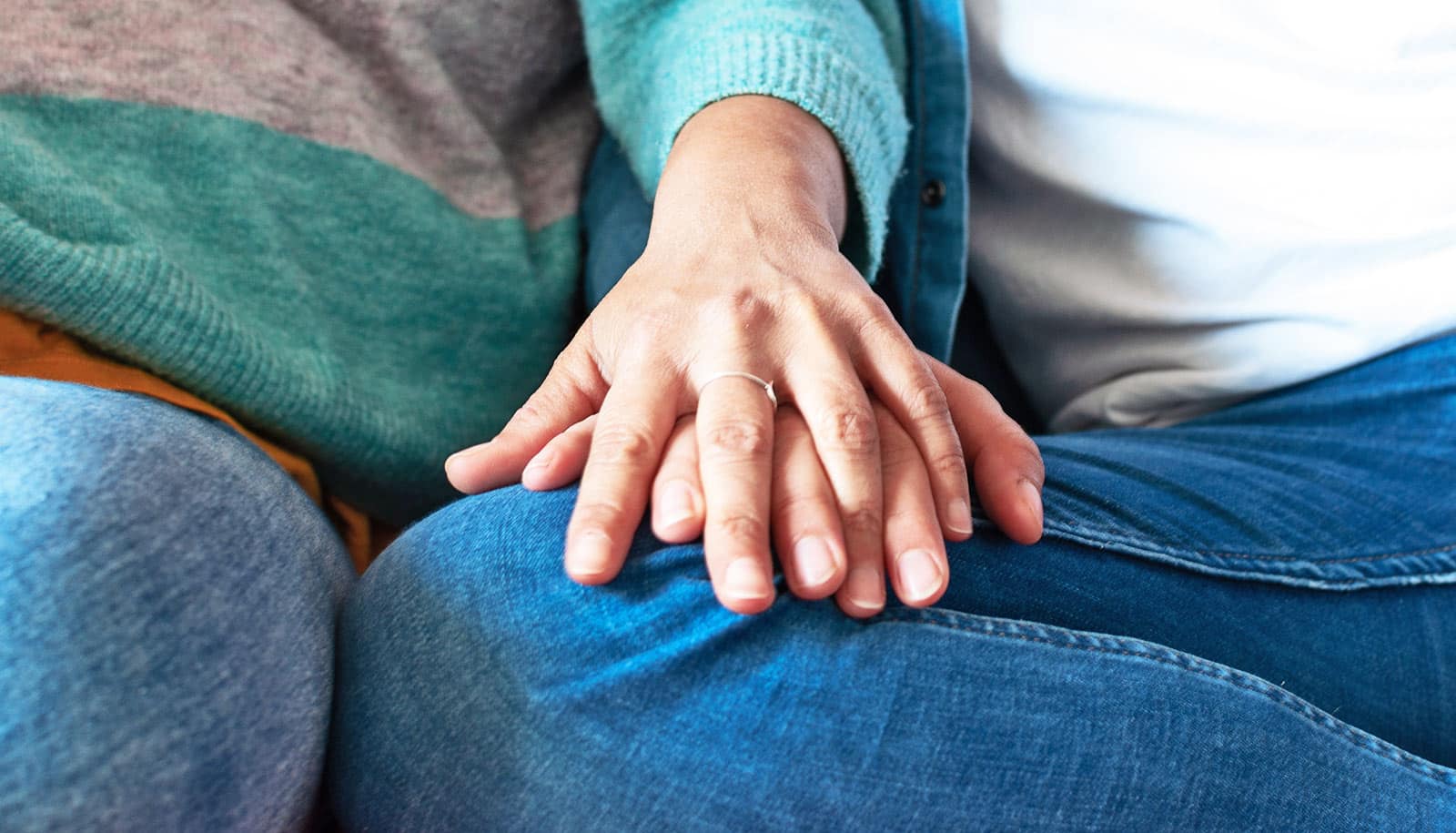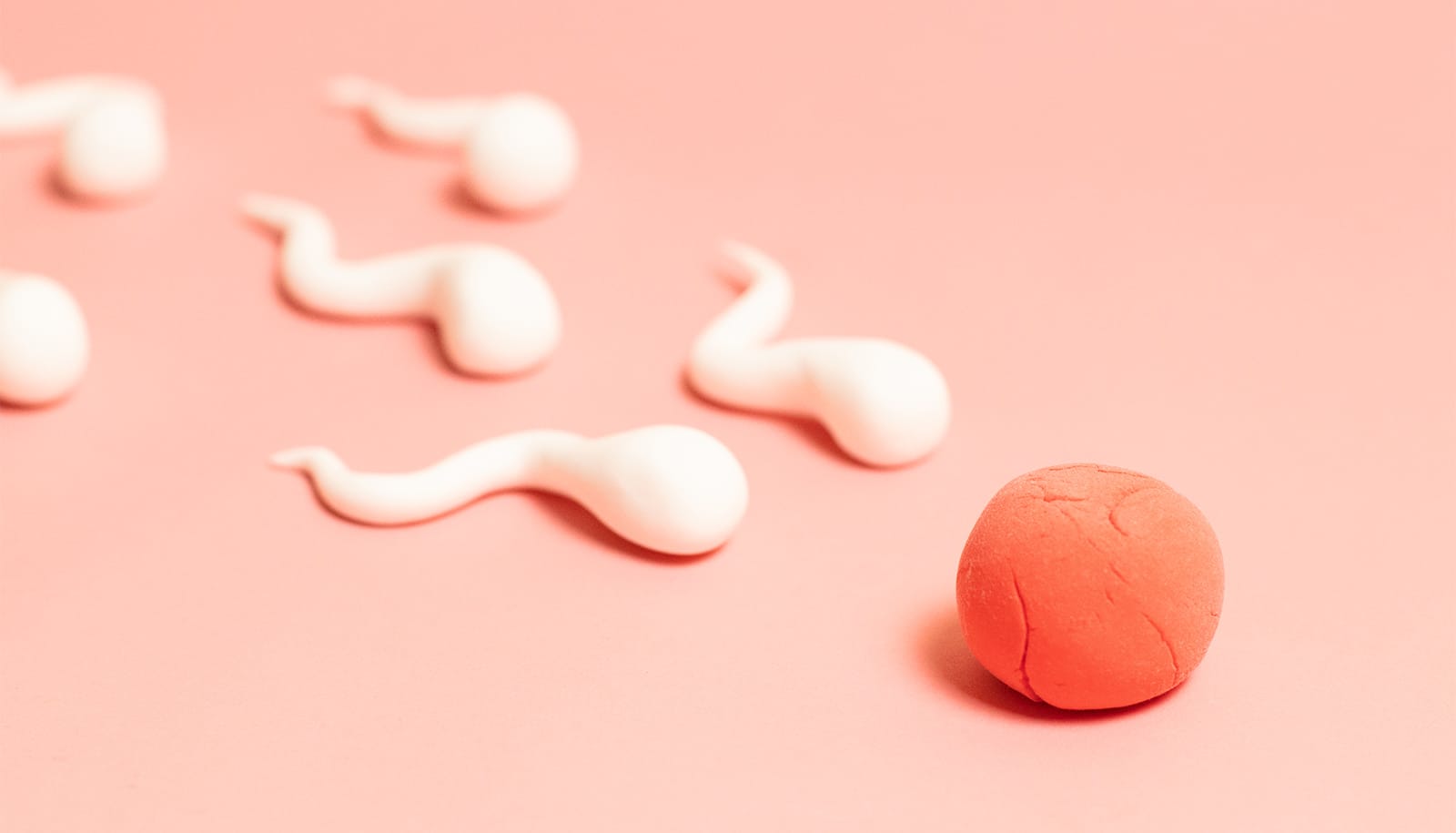UC SANTA BARBARA (US) — Scientists have long suspected a correlation between women’s hormone levels and libido, but new research reveals hormonal predictors for sexual desire.
“We found two hormonal signals that had opposite effects on sexual motivation,” says lead author James Roney, professor in the psychological and brain sciences department at University of California, Santa Barbara.
[sources]
“Estrogen was having a positive effect, but with a two-day lag. Progesterone was having a persistent negative effect, both for current day, day before, and two days earlier.”
When hormone levels and sexual desire were factored against the menstrual cycles of test subjects—in this case, undergraduate students—the researchers saw a measurable increase in progesterone levels at the same time the subjects noted decreases in sexual motivation. Progesterone, the researchers say, is mediating this drop in desire from the fertile window to the luteal phase—the second half of the menstrual cycle.
“Progesterone acting as a potential stop signal within cycles is a novel finding in humans,” notes Roney. “We know in rhesus monkeys there is a strong negative correlation with progesterone and a positive correlation with estrogen. The patterns are actually comparable to what you see in non-human primates, but hadn’t been shown in humans.”
The researchers’ findings, published in Hormones and Behavior, have potential implications on the treatment of low sexual desire and how hormone replacement trials are done. “We’re not controlling hormones the way they do in the hormone replacement literature, so, in a sense, that literature is more directly applicable in terms of medical applications,” says Roney.
“But in the long run, it would be good to have a model of the combination of signals that operates in the natural cycle. The way hormone replacement trials are done now, there’s no model of the natural signals, so they’re sort of random—let’s give estrogen, let’s give testosterone, let’s combine them this way or that way.”
Roney notes that his findings don’t present a full model, and he’d like to replicate his results with women of different age groups. “Undergraduates might be unique for a lot of reasons,” he says.
“Their hormone levels tend to be a bit different from those of women even just a little bit older. And married women in their 30’s are likely to be more consistently sexually active, and that might change the patterns in some ways. They also tend to have higher hormone secretion and more regular cycles than younger women,” he says.
Eventually, Roney continues, the goal would be to have a better model of the signals in a natural cycle that might then inform medical research.
What about testosterone?
Another interesting finding, according to Roney, was the impact—or lack thereof—of testosterone on the women’s sexual motivation. “There’s a common belief in the medical literature that testosterone is the main regulator of women’s libido,” he explains.
“Doctors tend to believe that, though the evidence isn’t that strong in humans. In the natural cycles, we weren’t finding effects of testosterone. It wasn’t significantly predicting outcomes.”
Roney doesn’t deny that testosterone does seem to have a positive effect in hormone replacement therapy, but suggests the effects may be pharmacological.
“Testosterone has those effects if you inject it externally in women who are menopausal, and there are a lot of reasons that might be the case,” he says.
“For example, testosterone can be converted to estrogen through a particular enzyme. If you inject menopausal women with testosterone, it might be acting as a device that’s delivering estrogen to the target cells. So the fact that it works doesn’t necessarily mean it’s an important signal in the natural cycle.”
Source: UC Santa Barbara



